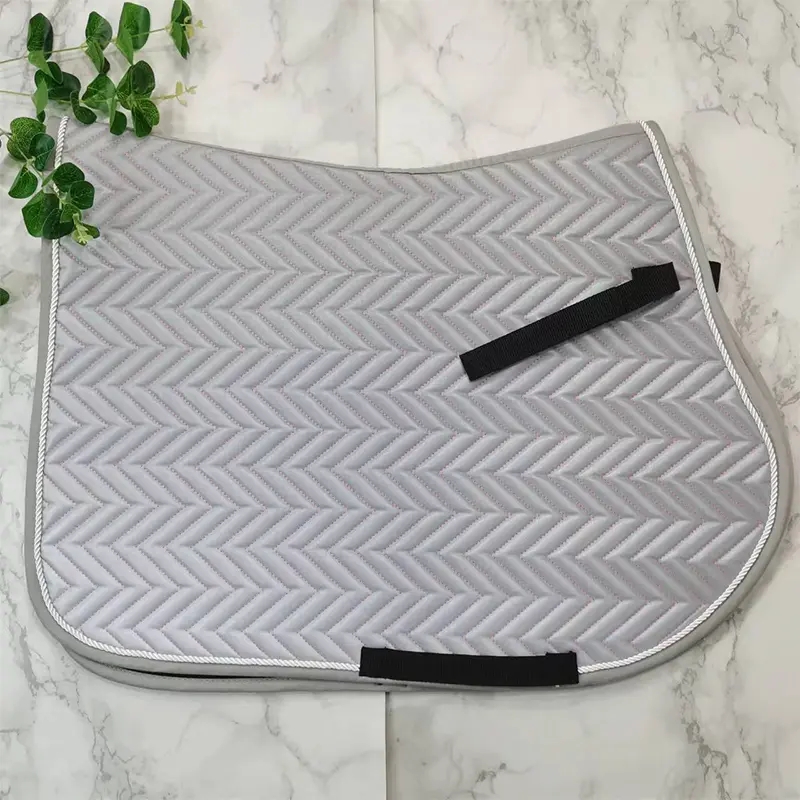In the context of enterprise marketing, dealers play a crucial role in product sales and market operations. However, as China's economy continues to mature and the digital society evolves, enterprises are increasingly adopting channel flattening strategies. This has led to a significant transformation in the operating environment for dealers, with the traditional ecosystem being disrupted by various powerful players. As a result, traditional dealers now find themselves in a highly competitive and challenging landscape.
The natural selection of market competition has forced these dealers to confront painful realities. They must now rethink their future strategies to avoid being left behind by manufacturers, the market, and customers. As a long-term marketing planner who has worked closely with both dealers and enterprises, I deeply understand the struggles that traditional Chinese dealers face today. My goal is to offer insights from my experience—ideas that can inspire those on the front lines of the market.
No matter how difficult the environment becomes or how fierce the competition is, people will always find a way forward. The market is ultimately shaped by human effort. Life may not be easy, but dealers will overcome their challenges.
So, what are the main difficulties facing traditional dealers in this new era? While each industry or even each dealer within the same industry may face different issues, there are three core dilemmas that many encounter. Let me briefly explain them without going into excessive detail.
**Three Realistic Dilemmas Faced by Traditional Dealers:**
1. **Decreasing Market Space and Marginalization by Manufacturers:**
The market is shrinking, and dealers are being pushed to the edges. Core markets are being reclaimed by manufacturers, while the remaining areas become fragmented and less profitable. As a result, dealers often end up acting as small-scale agents for manufacturers, serving the long tail of the market rather than the main consumers.
This marginalization is driven by the rise of direct-to-consumer retail models. Traditional dealers struggle to adapt to modern channel management, leading to situations where retailers negotiate directly with manufacturers, leaving dealers out of the loop.
2. **Eroding Authority and Becoming Logistics Contractors:**
With the increasing power of enterprise marketing centers, dealers are losing control over their own operations. They are forced to follow the manufacturer’s pace, becoming little more than logistics providers. They earn minimal distribution fees—often 5% to 10%—while bearing all the operational costs themselves.
In this scenario, dealers have limited influence in decision-making and are often excluded from key meetings. Their role is passive, and they lack autonomy in managing the market or setting strategies.
3. **Declining Profit Margins and Pressure from Manufacturers:**
Profit margins are shrinking due to rising operational costs, price transparency, and increased competition. In the past, dealers could rely on high gross margins, but now, even basic profit is hard to achieve. Many dealers feel that the manufacturers are reaping most of the benefits, while they are left with little.
This trend is a natural outcome of market maturation. As competition intensifies, it becomes harder for dealers to sustain high profits based solely on brand reputation or product availability.
To survive and thrive in this changing environment, traditional dealers must transform. They need to shift from a passive to an active role, upgrading their market operations to better meet the demands of the new era. Based on current market trends, I believe that traditional dealers must undergo three major transformations:
**Three Key Transformations for Modernization:**
**1. Channelization Transformation:**
From simply distributing brands to actively managing channels. This involves building and maintaining their own systems, developing their own retail networks, and creating stable downstream connections. Whether through self-built terminals, proprietary networks, or joint ventures, the goal is to establish a strong, independent channel structure that supports long-term competitiveness.
In the past, dealers focused only on wholesale and terminal sales, knowing where the products were but not necessarily understanding where the customers were buying them. Channel transformation aims to change that by enabling dealers to take control of their own market presence.
**2. Digital Transformation:**
Embracing digital tools and platforms to improve efficiency, reach, and customer engagement. This includes using data analytics, e-commerce integration, and social media to connect with consumers directly and reduce dependency on traditional distribution models.
**3. Value-Added Services Transformation:**
Moving beyond mere product distribution to offering additional services such as after-sales support, training, and customized solutions. This helps dealers differentiate themselves in a crowded market and create sustainable revenue streams.
By undergoing these transformations, traditional dealers can evolve from being passive participants to active players in the market. They can secure their place in the evolving business landscape and ensure long-term success.
Instock Horse Saddle Pads
As a leader in equestrian fashion, Reflective silver saddle pads help you and your horse stand apart with sophistication and elegance. The fashionable Polyester and cotton saddle pad sets new standards in style and comfort. Combine with matching polo bandages and fly hoods for a complete look.
We also have many years of experience in making equestrian clothing, specializing in horse riding legging clothing. Like horse riding tops or equestrian breeches. You can choose according to your needs, if you are interested, please contact us. There are also horse riding jackets on sale, all of which are selected high-quality fabrics and are comfortable to wear.

Saddle Pad Inserts,Instock Horse Saddle Pads Black,Instock Horse Saddle Pads Blue
Guangzhou Muxin Sporting Goods.Ltd. , https://www.muxinsports.com
